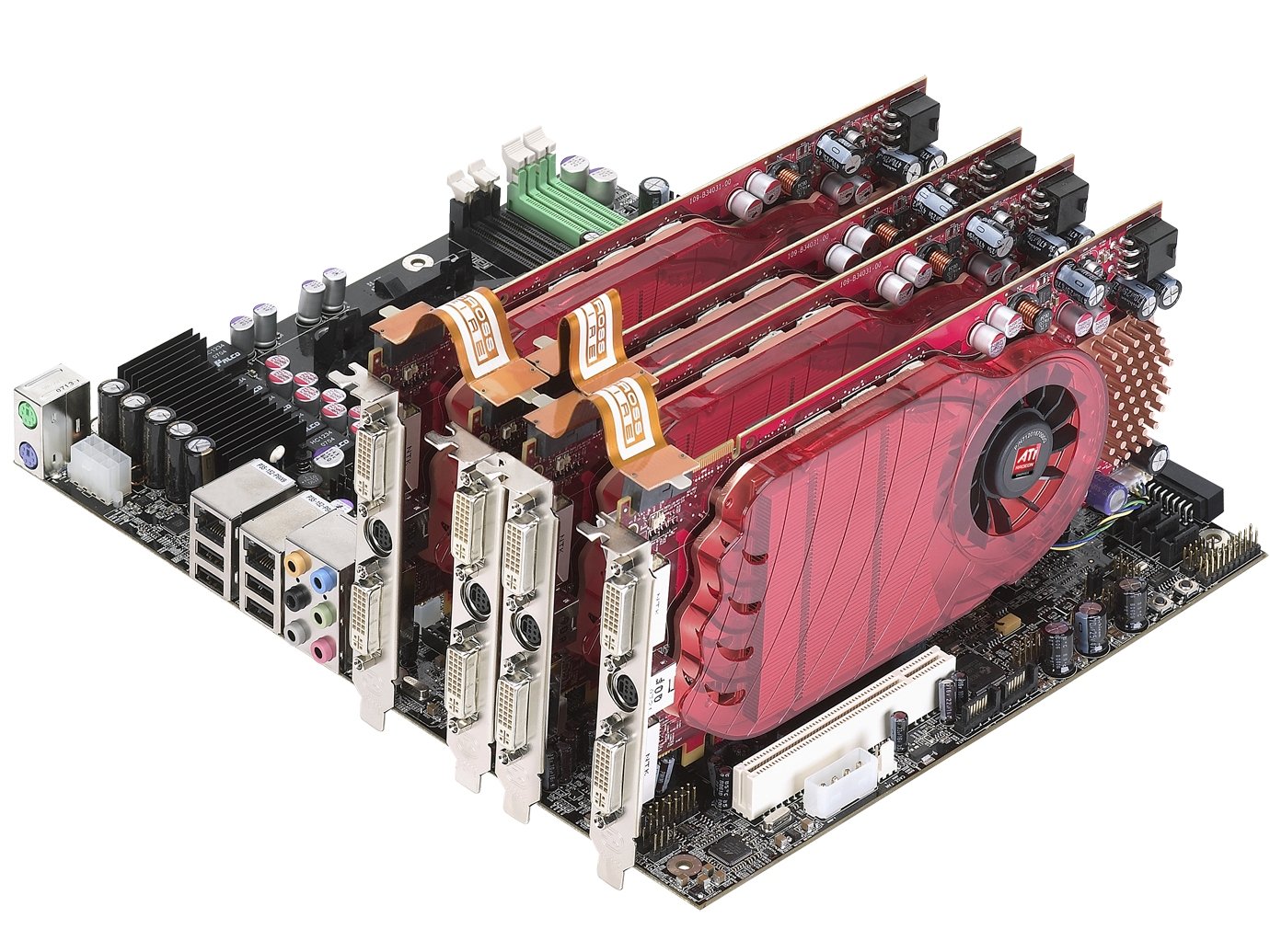AMD's Spider platform: reviewed

As the gagging order on AMD's new kit lifted this morning, we thought it was only right and proper we should round up the best of our reviews coverage including the company's new Phenom processors and associated 7 Series chipset.
However, first things first. The chip giant's ATI limb unveiled its HD 3000 series of graphics cards late last week so for starters we've got a review of the lower end part, the Radeon HD 3850.
The Radeon HD 3850 is a sparkling card for the cash as our expert reviewer Jeremy Laird notes: for just over £100, the 3800 in particular offers staggering value for money.
"In most regards, it's clearly a high-end GPU. It sports no less than 666 million transistors and comes pretty close to matching the Radeon HD 2900 XT for pure performance. Lest you have forgotten, the latter is a card that sold for as much as £300 just six months ago."
There are a couple of caveats, as explained in the review, but one of them certainly isn't bang for buck. Designed to go up against Nvidia's recently-announced GeForce 8800 XT series, the 3850 is yours for just £110 including VAT. The 3870 will sell for as little as £140.
7 Series chipset
And so onto AMD's new PC platform. Although Spider was a codename, AMD is now trying to pimp this to the enthusiast brigade - it wants people to choose to have a 'Spider' PC. However, unlike Intel's platform centric initiatives (Centrino, we're looking at you), AMD isn't actually marketing Spider as a brand.
Mind you, even Intel has had problems with brands recently. Viiv, anyone?
Sign up for breaking news, reviews, opinion, top tech deals, and more.
We've tested all the main components of the Spider platform. As well as the Radeon HD 3850, there's also the company's new 7 Series chipset.
We're largely impressed by the core logic - except we're not fans of the push toward triple and even quad graphics cards. The 790 boards support both. We were also impressed with Overdrive, a new system tuning and overclocking tool that runs alongside the chipset.
Quad-core processors
And finally, there's the Phenom quad-cores themselves, available in 2.2GHz, 2.3GHz and 2.4GHz variants. They're not quick enough for our money, although there's promise in AMD's new platform, especially when faster spins are available.
The 9700 processor we tested is also an excellent upgrade if you've already got an AM2 motherboard. But our impression of the Phenom is tainted by the low launch clocks and the lack of availability - AMD might have provided us with a 2.4GHz model, but you won't be able to get it until into the new year. No wonder Intel chose today to lift the gag on its new 3.2GHz Core 2 Extreme chip.
Dan (Twitter, Google+) is TechRadar's Former Deputy Editor and is now in charge at our sister site T3.com. Covering all things computing, internet and mobile he's a seasoned regular at major tech shows such as CES, IFA and Mobile World Congress. Dan has also been a tech expert for many outlets including BBC Radio 4, 5Live and the World Service, The Sun and ITV News.